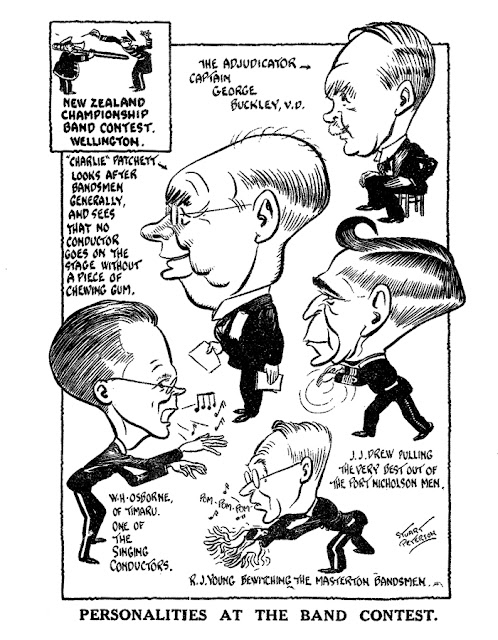From the Fri 4th Dec 1953 edition of Brisbane's The Courier Mail:
From Sat 3 Oct 1953 edition of Brisbane's The Courier Mail:
Australia and New Zealand experienced their own 'Seduction of the Innocent' with the frequent publication of articles about the 'comic book menace' faced by parents of the day. The article above paints a picture of 'sub standard literature' to the amount of an estimated sixty million copies being sold annually during the 1950's across Australia.
From Thurs 22 July 1954 edition of Brisbane's The Courier Mail:
'A number of comic books will disappear from Queensland bookstalls after next week-end.They are publications which have been classed as 'objectionable' by the State Literature Board of Review. A Government Gazette order banning their distribution will be published on Saturday. After yesterday's Literature Board meeting, the chairman (Mr. W. G. Hamilton) said the board 'did not intend to release a list of publications at present.' 'An offence' Mr. Hamilton said: 'The board decided to prohibit, by order, the distribution in Queensland of certain publications of the type popularly known as comics. 'The order will be published in the Government Gazette on Saturday, 'Upon publication in the Gazette, the distribution — including sale and offering for sale— of any of this literature in Queensland, will be an offence.' The board last week drew up a list of about 10 publications it regarded as objectionable. Almost all of these were comic books.'
Several years earlier this article from the Sat 17 Sep 1938 edition of The Courier Mail states that newspaper strips such as Larry Whittington's Fritzi Ritz, Chic Young's Blondie and Floyd Gottfredson's, Mickey Mouse would be subject to censorship.
In 1950 a Mrs E. Perley in attendance at a Liberal Party convention in Sydney made the claim that 'immoral' comic strips were being smuggled into Australia via letters and cigarette packages. A resolution to consider the banning of publication of these strips was carried unanimously.
The Courier-Mail Saturday 24 July in 1954 had the following article outlining bannings of specific titles and examples of immorality.
In the 10 Sept 1951 edition of The Courier Mail Professor Murdoch wrote in defence of comics, encouraging reform rather than abolition.
Sources: The National Library of Australia



























































